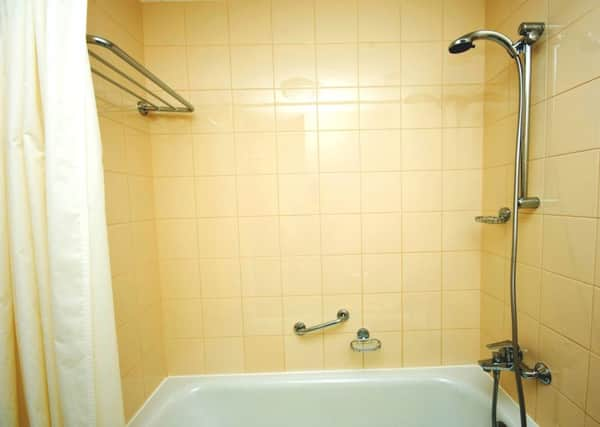Five tips for bathroom electrics


As long as they’re suitable for the zone they’re in (see below), recessed spotlights on a dimmer switch are a good solution because you can adjust the brightness to the task in hand. Wall lights can also be bright, task lighting, especially around the basin, or soft lighting when you don’t want the ceiling light on.
2. Bathroom zones are worked out according to their proximity to the taps and shower, with zone 0 being inside the bath and shower. The lower the zone number, the more protected the light must be. This is sometimes expressed as an IP (ingress protection) rating, but it’s simpler to go by the zone - it should say on the box which zone or zones a bathroom light is suitable for. Some even have a diagram of the zones on the box, although you can easily find this online. Lights designed for inner bathroom zones have encased bulbs for safety, but it can be a good idea to have this type of light fitting in outside zones because steam can corrode ‘open’ fittings over time. However, the latter tend to give off a lot more light than ‘closed’ fittings.
Advertisement
Hide AdAdvertisement
Hide Ad3. If you don’t have an extractor fan in your bathroom, get an electrician to fit one. Extractors reduce the damage caused by steam and moisture, and help to prevent mould and mildew. In bathrooms without a window, which is common in flats, an extractor is even more important and should be switched on every time you shower or bath. Extractors are usually wired to come on with the ceiling light, although they can be switched off independently.
4. A centrally heated towel rail (or radiator) and/or underfloor heating (either electric or ‘wet’) are popular choices for keeping bathrooms warm. When it’s turned on, underfloor heating makes stepping out of the shower or bath on a cold day a pleasure, but fitting it will involve some disruption, so it can be better to wait until you’re redoing the bathroom. If you like toasty towels all year round, an electric towel rail or a central heating towel rail that can be fitted with an electric element may be ideal, as it will dry your towels without the central heating having to be on.
5. Electrical work in the bathroom should rarely be attempted by DIYers - you may be breaking building regulations, as a bathroom is regarded as a ‘special location’ for electrical installations. Play safe and use a qualified and reputable electrician, who will be able to make sure the work’s safe and legal. Although you can employ a building control inspector from the local council or a private firm, the easiest option is to use an electrician who belongs to a ‘competent person scheme’, such as NICEIC (www.niceic.com). They can self-certify that their work complies with building regs and should provide the completion certificate you need.